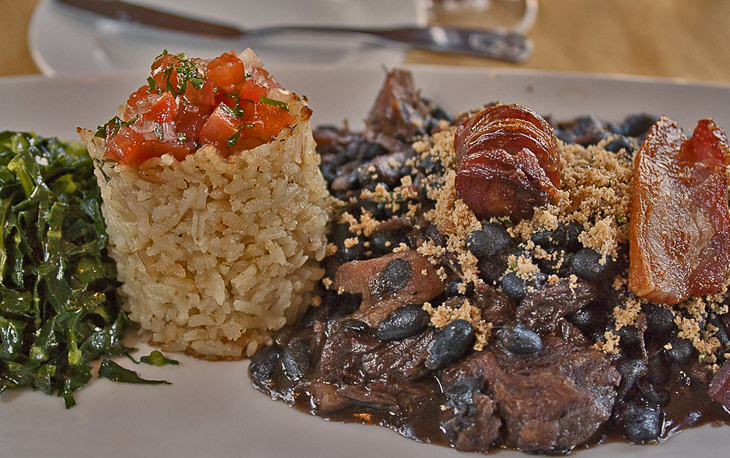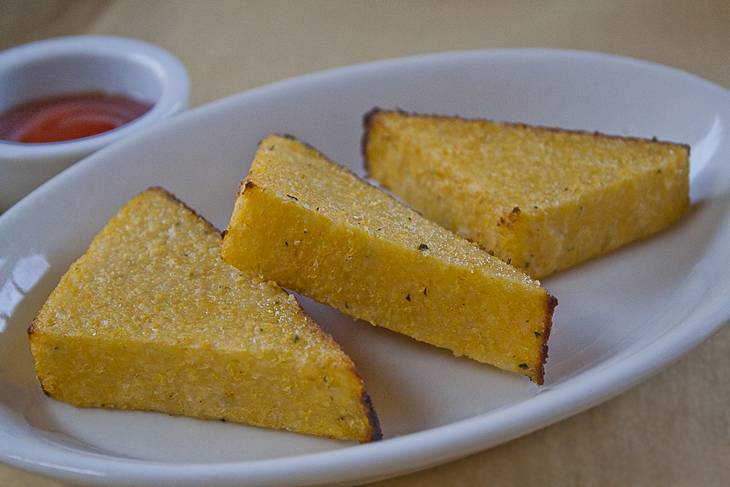A couple of weeks ago some girl friends of mine and I arranged to meet for lunch in downtown Sonoma. It was the kind of day that you dream of. The weather was stunningly beautiful with a light breeze and bright sun shining. Full of laughter, we headed North to meet the rest of our friends.
This is a very special group of women. Some of us have known each other since grade school and went to school together for 12 years. Others became friends when the graduates of several middle schools merged to form a single high school class. While not always remaining close friends through the years, we reunited thanks to the diligence of one of the gals and Facebook. Yes, Facebook is the reason so many of us have reconnected.
Many people tend to settle near their families and there are quite a few of my classmates who still live in the extended San Francisco Bay Area. When one of the gals, a high-tech guru, discovered the power of a Facebook search, she started looking for other high school friends. One by one we all found each other.
What an amazing collection of strong, beautiful, independent, funny women. I am lucky to have them as friends. Each one brings something distinctive to the collective, enriching it in immeasurable ways. We all have different personalities, career paths, skills and pastimes, but somehow when we get together all the differences melt away and we enjoy our camaraderie.
Probably the most remarkable thing is the fact that while we all knew each other in school, we did not run with the same crowds. Some were part of the elite popular kids, some were nerds, others were music geeks, there are a few wallflowers, and some athletes. Yet, all these years later when we reconnected, none of that mattered. We look at each other as grown women, confident in whom we have become and marvel that we weren’t better friends before.
There is a lesson here … what is incredibly important in high school, who is dating whom, who is part of the “in” crowd, all fades away into a distant memory. What we are left with is an inherent understanding of each other, where we came from, our shared experiences enhancing the inevitable reminiscing.
So, you may be asking, what does any of this have to do with Carnival? Well, the restaurant I chose, La Salette, turns out to be Brazilian and the timing couldn’t have been better with Mardi Gras right around the corner. Rio de Janeiro Brazil has the world’s largest Carnival celebration and it was all I could do to keep from getting up and starting a conga line in the restaurant, LOL!
As I looked down the menu one item caught my eye immediately, Feijoada is the national dish of Brazil. Made with a variety of meats, seasonings, and black beans, it is exactly the kind of dish that makes my heart sing. It is usually served with white rice, sauteed greens, and orange segments, which lighten the dish and make it a fully balanced meal.
I was not able to get the restaurant’s recipe, but I did find one that looks very similar and will no doubt give you just as much pleasure as the one at La Salette brought me. This recipe combines the immense talents of Tyler Florence and JoAnn Cianciulli. Don’t worry if you don’t have exactly the same ingredients as it calls for. Use something similar that you can easily find, toss it in the pot with everything else and it will be delicious.
Feijoada was brought to South America by the Portuguese and is similar to the French Cassoulet. Of course local ingredients and customs as well as the mingling of many cultures helped this dish evolve into what is commonly served today. It is creamy and rich, full of the flavors of the various meats and savory without a lot of heat.
This dish can be made anytime of the year and is perfect for large family gatherings or celebrations. Enjoy discovering a new cuisine and getting a little salsa in your soul.
To go along with our meals I ordered a side of polenta, which arrived cut into perfect triangles. There is something highly gratifying about a dish that is plated with such precision. You just know how many hours of practice it took for them to get to that level of expertise. We also ordered a dessert to be shared by all of us. It was an exquisite trio of caramel desserts – crème brulee, caramelized apples in a pecan “boat,” and a scoop of mocha caramel ice cream drizzled with a luscious caramel sauce. The perfect ending to our meal together.
As I sat at lunch watching these incredibly beautiful, smart women – a minister, a bookkeeper, a computer specialist, and me, the food writer – sharing our stories and laughing, I was filled with a deep sense of gratitude. I am exceptionally lucky to have these extraordinary people in my life. They enrich my days and provide a sense of community that only comes with many years and shared experiences. If I needed them, I know they would be there for me, no questions asked. What a blessing to be able to call these women my friends.
Kitchen Skill: How to Segment an Orange
Segmenting an orange is really quite simple, but it yields an impressive looking end product. Start by peeling the orange and removing as much of the white pith as possible with a sharp paring knife. At this point you can gently separate each segment of the orange and serve them as is. But if you want to get rid of the tough membrane surrounding the segments, here is the method:
Working over a medium bowl and holding the peeled orange in one hand, make your first slice right next to edge of one of the segments. This will separate it from one side of the membrane. Then move to the other side of the same segment and make another slice and let the orange segment fall into the bowl. Working over the bowl makes it easy and also collects the juices that are released.
There is a really great video from Fine Cooking showing you how to do this: Click Here
The last few segments can be a bit tricky to remove from the membranes, so if you are nervous, just leave those attached and eat them on their own. It is better to use a second orange than risk cutting yourself because of slippery hands.
When you are done make sure you squeeze all the juice out of the remaining membranes. You can drink this or use it in other recipes such as a citrus vinaigrette.


- 2 lb dried black turtle beans, picked through and rinsed
- 1 lb salt cured beef, such as carne seca, or you can use corned beef or even Canadian bacon
- 2 tbsp extra-virgin olive oil
- 1/2 lb salt pork, cut into 1-inch cubes
- 1 medium white onion, chopped
- 4 garlic cloves, minced
- 1 serrano pepper, halved (leave this out if you don’t want the heat)
- 2 bay leaves
- 1 lb smoked ham hocks
- 1 lb linguica or Spanish chorizo sausage, cut into 2-inch pieces
- 1 lb pork ribs, separated into individual ribs
- 1 lb beef stew meat, top round or chuck, cut into 2-inch cubes
- Hot sauce
- 2 oranges, peeled and cut in segments
- Collard Greens, recipe follows
- Cooked white rice, for serving
- Starting a day ahead, place the dried beans in a large bowl and cover with cold water; soak the beans overnight in the refrigerator.
- In a separate bowl, soak the salt cured beef in cool water to cover to tenderize the meat, do this overnight also but change the water a couple of times. Drain the beans and carne seca; cut up the cured beef into chunks.
- Coat a large heavy pot with the oil and place over medium heat. When the oil is hot, add the salt pork, onions, garlic, pepper, and bay leaves. Cook and stir for 5 minutes to render out the pork fat and soften the vegetables. Add the ham hocks, sausage, ribs, cubed beef, carne seca, and black beans. Cover with just enough cold water to cover (about 21/2 quarts). Bring the liquid to a boil and then reduce to medium-low heat, cover, and simmer for 2 hours, stirring now and again. Skim any foam that rises to the surface during cooking and add more water if necessary to keep the ingredients covered during cooking.
- Dig the ham hocks out of the pot, discard the rind and fat, shred the meat, and return the ham meat to the pot. The beans should be really tender, like they are almost bursting. Mash about 1 cup of the beans against the side of the pot to thicken the liquid. Give the stew a good stir, taste and check for seasoning.
- To serve, ladle some of the bean broth into shot glasses or little cups, add a dash of hot pepper sauce and drink – this is traditionally done to get the palate prepared for the feijoada. Serve feijoada in large wide bowls, garnished with orange segments and accompanied by collard greens and white rice.
- Yield: 10 servings
- 2 bunches collard or kale greens, about 2 lb
- 3 tbsp extra-virgin olive oil
- 4 garlic cloves
- 1 cup chicken broth
- Kosher salt and freshly ground black pepper
- Cut away the tough stalks and stems from the collards and discard any leaves that are bruised or yellow. Fill the sink with water and salt, the salt helps to remove any impurities. Wash the collards thoroughly to remove the grit, 2 or 3 times, until the water runs clear. Dry thoroughly.
- Stack up several leaves and roll up lengthwise in a bundle, cut them into 1-inch ribbons. Repeat until all the leaves are shredded.
- Bring a large pot of lightly salted water to a boil; blanch the collard greens for 3 minutes until tender but still bright green. Drain the greens well.
- Heat a large deep skillet over medium flame and coat with the oil. Add the garlic and sauté for 2 minutes to soften. Add the blanched greens and toss well with the oil and garlic. Pour in the chicken broth and cook for 5 minutes until the greens are wilted and tender; take care not to overcook. Season with salt and pepper and serve with the feijoada.
- Yield: 8 servings
Thank You!












Maria Springer/Maja's Kitchen
What a lovely story….a friendship to be savored….you all are so blessed! I love the Brazilian Feijoada recipe and have saved it to try it out soon….Thank you for sharing your extraordinary story….
Jane Bonacci, The Heritage Cook
Thank you Maria. Friends come in many shapes and sizes. I am incredibly blessed to have these lovely ladies in my life!